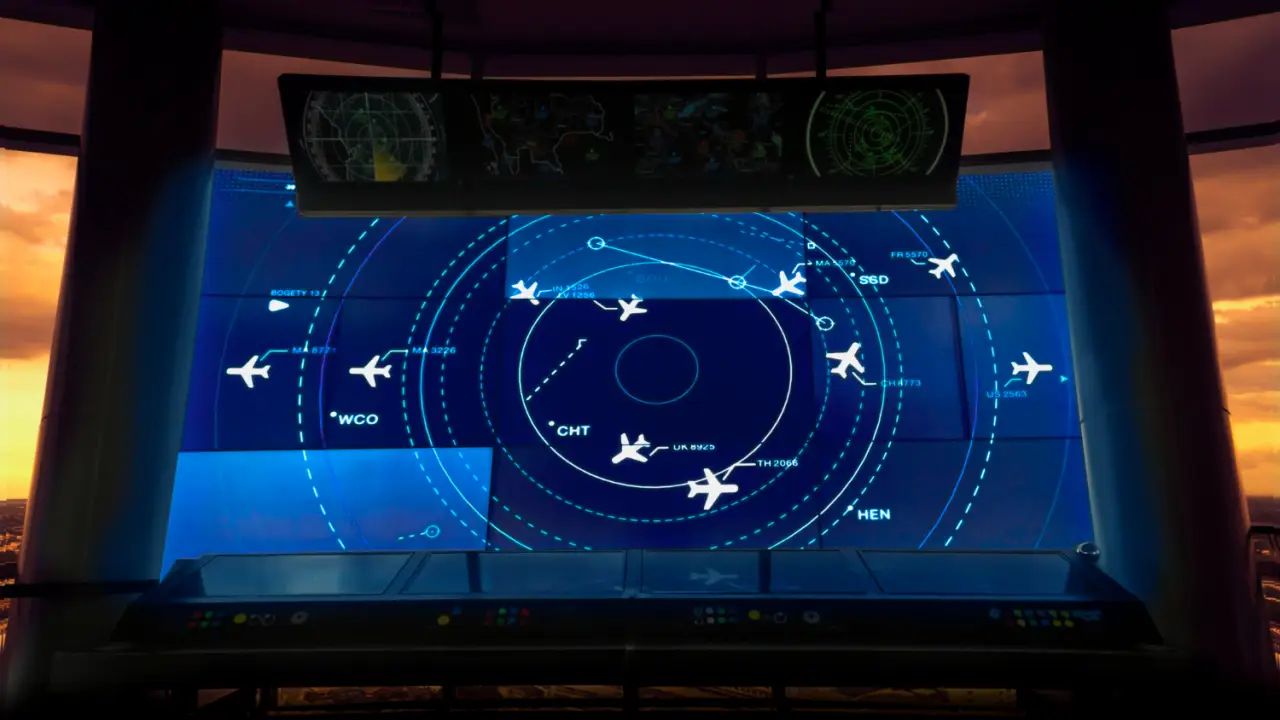Air Traffic Control (ATC)
What is an Air Traffic Control (ATC)?
Air Traffic Control (ATC) is a service provided by ground-based controllers who coordinate the movement of aircraft in the air and on the ground. ATC’s primary purpose is to ensure the safe and efficient flow of air traffic, preventing collisions and managing the orderly flow of airplanes within controlled airspace.
Functions of ATC
•Separation: ATC ensures that aircraft maintain a safe distance from one another during flight, takeoff, and landing.
•Routing: Controllers provide pilots with the most efficient flight paths, adjusting routes as necessary for weather conditions, traffic congestion, or emergencies.
•Takeoff and Landing Clearance: ATC grants permission for aircraft to take off or land, coordinating the use of runways and airspace to prevent accidents.
•In-flight Assistance: Controllers offer guidance to pilots during flight, including navigation support and weather updates.
Types of ATC Services
•Tower Control: Manages aircraft on the ground and within the immediate vicinity of the airport, including takeoff and landing operations.
•Approach Control: Oversees aircraft as they approach or depart an airport, managing their integration into the airport’s traffic flow.
•Area Control (En Route): Handles aircraft flying at cruising altitudes within a large region, often across multiple airspaces.
Importance of ATC
•Safety: ATC plays a crucial role in preventing mid-air collisions and runway accidents by managing aircraft movements.
•Efficiency: By optimizing flight paths and managing air traffic flow, ATC helps reduce delays and fuel consumption.
•Communication: ATC acts as the primary communication link between aircraft and the ground, providing critical information and instructions.
Related Terms
•Airspace: The area of the sky controlled by ATC, often divided into different classes or sectors.
•Flight Plan: A detailed itinerary of an aircraft’s intended route, submitted to ATC before departure.
•Control Tower: The physical location where ATC services are provided at an airport.
Previous Term: Agent
Next Term: Air Travel
A | B | C | D | E | F | G | H | I | J | K | L | M | N | O | P | Q | R | S | T | U | V | W | Y | Z


